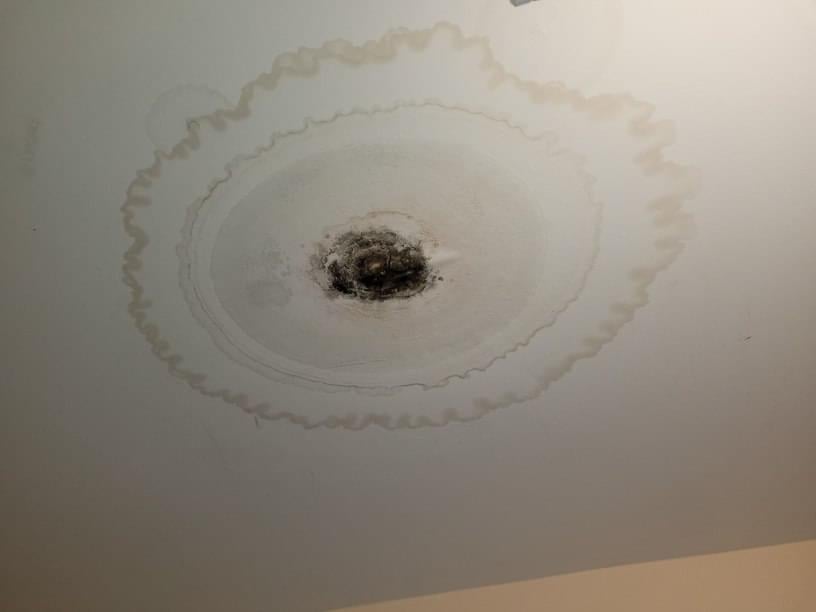What are your ideas about Finding hidden leaks?

Early discovery of dripping water lines can minimize a prospective calamity. Some tiny water leakages may not be noticeable.
1. Check Out the Water Meter
Every house has a water meter. Examining it is a proven manner in which helps you uncover leakages. For starters, switch off all the water sources. Ensure no person will purge, use the tap, shower, run the washing equipment or dishwasher. From there, go to the meter and watch if it will alter. Given that no one is using it, there ought to be no movements. That shows a fast-moving leakage if it relocates. Likewise, if you spot no changes, wait an hour or two and check back again. This indicates you may have a slow leak that can also be below ground.
2. Examine Water Usage
Evaluate your water expenses and track your water consumption. As the one paying it, you need to observe if there are any disparities. If you find sudden changes, regardless of your consumption coinciding, it implies that you have leaks in your plumbing system. Bear in mind, your water bill must fall under the very same range on a monthly basis. An unexpected spike in your costs shows a fast-moving leak.
Meanwhile, a stable boost each month, despite having the very same practices, reveals you have a sluggish leakage that's likewise gradually intensifying. Call a plumber to completely check your home, specifically if you feel a cozy area on your floor with piping below.
3. Do a Food Coloring Test
When it involves water consumption, 30% originates from commodes. Test to see if they are running correctly. Drop specks of food shade in the container and also wait 10 minutes. If the shade somehow infiltrates your bowl throughout that time without flushing, there's a leak in between the storage tank and also bowl.
4. Asses Exterior Lines
Don't fail to remember to examine your outdoor water lines too. Test faucets by affixing a yard hose. Should water leak out of the connection, you have a loose rubber gasket. Replace this as well as make sure all links are limited. It will certainly help obtain it properly took a look at as well as preserved yearly if you've obtained a lawn sprinkler system. One tiny leakage can throw away tons of water and increase your water expense.
5. Examine the circumstance and also examine
Home owners ought to make it a behavior to check under the sink counters as well as also inside cabinets for any type of bad odor or mold and mildew development. These two red flags show a leak so timely interest is called for. Doing routine examinations, also bi-annually, can save you from a major problem.
Check for discolorations and also compromising as the majority of home appliances and pipes have a life expectations. If you suspect leaking water lines in your plumbing system, do not wait for it to rise.
Early detection of leaking water lines can alleviate a possible catastrophe. Some tiny water leakages may not be visible. Inspecting it is a proven means that helps you discover leakages. One little leakage can waste loads of water as well as surge your water expense.
If you think leaking water lines in your plumbing system, don't wait for it to rise.
WARNING SIGNS OF WATER LEAKAGE BEHIND THE WALL
PERSISTENT MUSTY ODORS
As water slowly drips from a leaky pipe inside the wall, flooring and sheetrock stay damp and develop an odor similar to wet cardboard. It generates a musty smell that can help you find hidden leaks.
MOLD IN UNUSUAL AREAS
Mold usually grows in wet areas like kitchens, baths and laundry rooms. If you spot the stuff on walls or baseboards in other rooms of the house, it’s a good indicator of undetected water leaks.
STAINS THAT GROW
When mold thrives around a leaky pipe, it sometimes takes hold on the inside surface of the affected wall. A growing stain on otherwise clean sheetrock is often your sign of a hidden plumbing problem.
PEELING OR BUBBLING WALLPAPER / PAINT
This clue is easy to miss in rooms that don’t get much use. When you see wallpaper separating along seams or paint bubbling or flaking off the wall, blame sheetrock that stays wet because of an undetected leak.
BUCKLED CEILINGS AND STAINED FLOORS
If ceilings or floors in bathrooms, kitchens or laundry areas develop structural problems, don’t rule out constant damp inside the walls. Wet sheetrock can affect adjacent framing, flooring and ceilings.
https://www.servicemasterbyzaba.com/blog/how-to-detect-water-leakage-in-walls/

I ran across that article on Locating water leaks while doing a search on the web. Sharing is good. Who knows, you may just be doing someone a favor. Kudos for your time. Please come visit our site back soon.